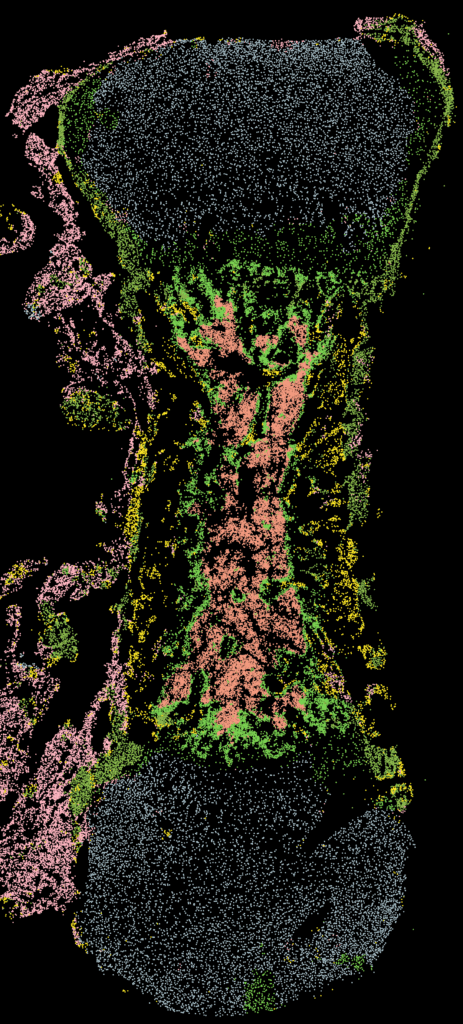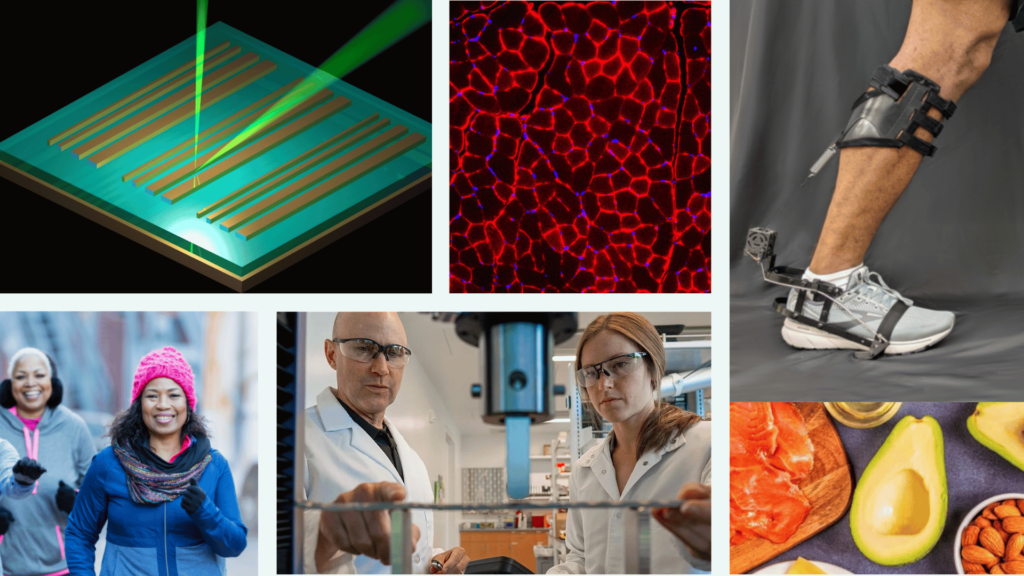Molecular clues to isometric loading’s impact on tendon injury healing
Tendinopathy is one of the most common musculoskeletal diseases among people who are physically active. Marked by a painful and low functioning tendon, this condition is especially prevalent in the patellar or knee-cap tendons of athletes like elite volleyball and basketball players, where over one-third of players are affected. Interestingly, mechanical loading is both a cause of and treatment for tendinopathy. To investigate this conundrum, Alliance Agility Project awardees Keith Baar, Danielle Steffen, and Michael Mienaltowski use a rodent model of tendinopathy to explore whether isometric or dynamic loading exercises lead to healing and why.
Though previous studies have used the rodent model of tendinopathy used in this study, it was unknown whether the molecular signature of the model matched that of human tendinopathies. Baar and his team addressed that limitation, demonstrating changes in gene expression that were characteristic of those seen in humans. Notably, in both rats and humans there were decreases in mitochondrial genes, increases in extracellular matrix genes (important for structure), and increases in fibroblast genes (related to wound repair) in the injured tendon.
The researchers then examined the injured animals’ tendons undergoing two common types of loading. Tendons act like springs, storing and releasing energy to enable movement. Animals’ tendons either underwent fewer but longer isometric loadings (four repetitions of 30 second contractions), or a dynamic loading pattern with a high repetition of short loadings (360 one-second contractions). Animals in the isometric condition had increases in factors involved in developing tendon, namely scleraxis and type 1 collagen, versus those loaded dynamically, where factors involved in scarring were increased. The researchers hypothesize that the longer hold times enabled the isometric load to overcome the protective stress-shielding of the injured region and activate the cells within the scarred tendon to stimulate healing.
These results lend a molecular understanding to a case study in a professional basketball player (Baar et al., 2019) where the treatment approach, which included repetitions of 30-second isometric contractions with two minutes of rest, led to decreased pain, improved performance, and healing of the tendon, as confirmed with an MRI. Baar and his lab are now working to optimize an isometric loading protocol for patellar tendinopathy to create a targeted loading protocol to improve healing. Baar will also be continuing his efforts in regenerative rehabilitation through his Alliance Agility Project to determine the effect of orthobiologic delivery on the functional regeneration of tendon.
Latest News

May 29, 2025
Is exercise before sleep linked with poorer sleep?

May 23, 2025
Skeletal stem cells key to stronger bones, better healing

March 13, 2025
Wu Tsai Human Performance Alliance Research Round-Up – March 2025
Get Engaged
Join our mailing list to receive the latest information and updates on the Wu Tsai Human Performance Alliance.
